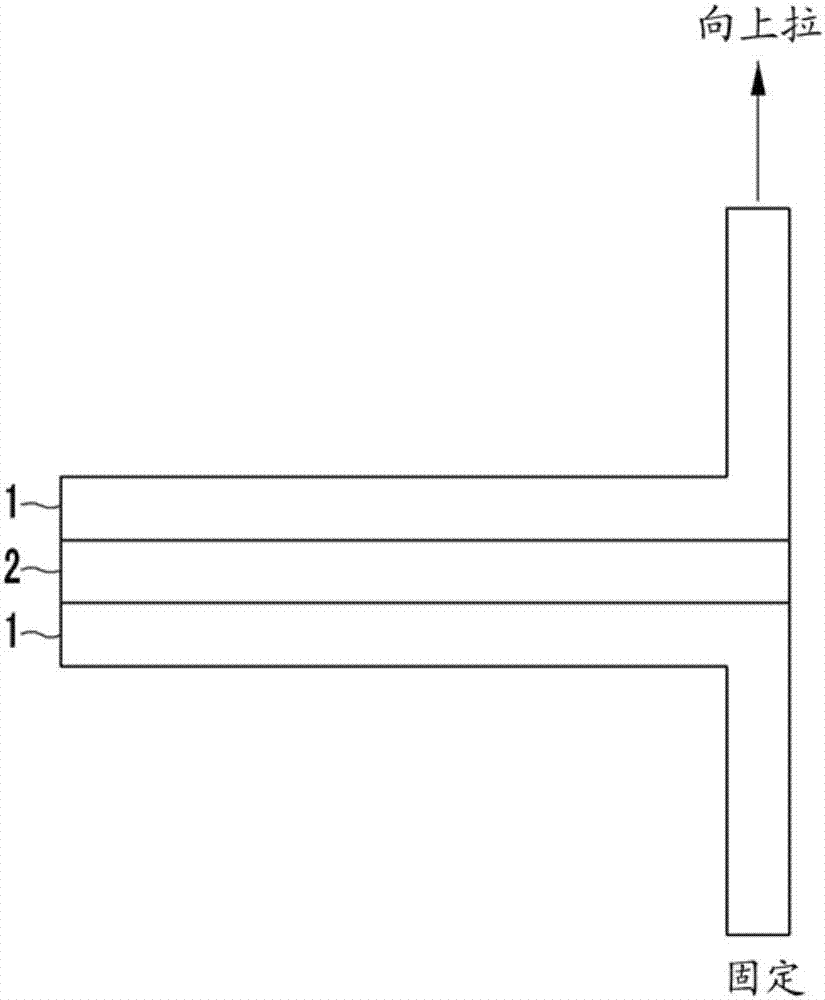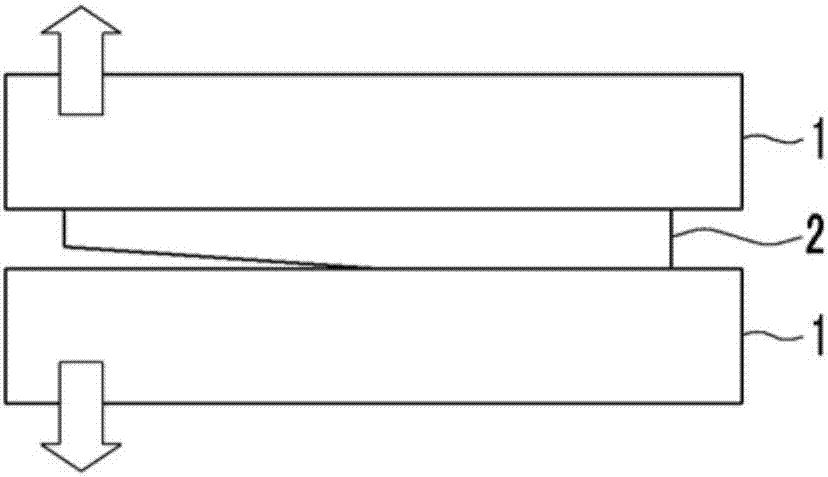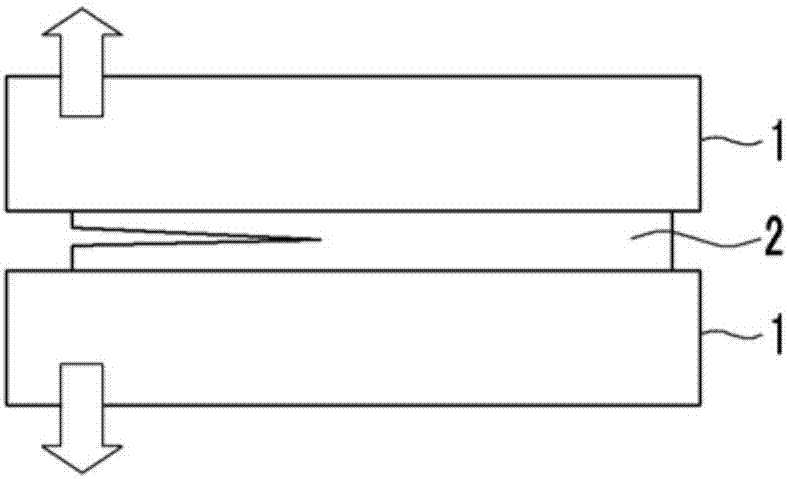Poly(imide-amide) copolymer, article containing poly(imide-amide) copolymer, and electronic device including same
A technology of imide and copolymer, applied in the field of poly(imide-amide) copolymer, product containing it, its preparation and electronic device including the product, can solve problems such as adhesion limitation
- Summary
- Abstract
- Description
- Claims
- Application Information
AI Technical Summary
Problems solved by technology
Method used
Image
Examples
Embodiment
[0198] Synthesis Example: Preparation of Oligomers Containing Amide Groups
[0199] In a round bottom flask, 0.312 moles (100 g) of 2,2'-bis(trifluoromethyl)benzidine (TFDB) and 0.8744 moles (69.16 g) of pyridine were dissolved in 1942.38 g of N,N- Dimethylacetamide (DMAc), and a further 100 g of DMAC was added to the flask to dissolve the remaining TFDB. 0.2186 mol (44.38 g) of TPCl was divided into 10 portions and added separately in 10 portions at room temperature to mix with the TFDB solution, and then the mixture was vigorously stirred and reacted for 2 hours.
[0200] The resulting solution was stirred under a nitrogen atmosphere for 2 hours, then added to 14.2 L of water containing 710 g of NaCl. Then, the mixture was stirred for 10 minutes. Subsequently, the solid generated therein was filtered, resuspended with 10 L of deionized water, and then filtered again, and the process was repeated twice. The water remaining in the final filter cake was then removed as much ...
Embodiment 1
[0208] Example 1: Fabrication of Poly(imide-amide) Copolymer Films Including 0.5 Mole % Bis-APAF
[0209] By using 99.5 mol% of the compound represented by Chemical Formula 10 according to the synthesis example and 0.5 mol% of bis-APAF ((2,2'-bis(3-amino-4-hydroxybenzene base)-hexafluoropropane) as the diamine moiety to make poly(imide-amide) copolymers including 0.5 mole % bis-APAF and films formed therefrom.
[0210] Specifically, 120 g of N,N-dimethylacetamide (DMAc) was placed in a reactor under a nitrogen atmosphere and 0.0147 moles (20.25 g) of the compound represented by Chemical Formula 10 prepared in Synthesis Example containing An oligomer of an amide group was added thereto and dissolved therein at 30°C. Subsequently, 0.000075 mol (0.0270 g) of bis-APAF was added to the solution and completely dissolved therein. Then, 0.0074 moles (2.1684g) of 3,3',4,4'-biphenyltetracarboxylic dianhydride (BPDA) and 0.0074 moles (3.2741g) of 4,4'-hexafluoroisopropylidene Phthalic...
Embodiment 2-5
[0213] Examples 2-5: Fabrication of Poly(imide-amide) Copolymer Membranes Including Bis-APAF
[0214] Each of the poly(imide-amide) copolymer films according to Examples 2-5 was manufactured by using the same materials and methods as in Example 1, except as follows: Denotes the compound and bis-APAF as the diamine moiety, and here, the amount of bis-APAF is 1.0 mol%, 2.0 mol%, 3.0 mol%, and 7.0 mol%, respectively, based on the oligomeric The total amount of substance and bis-APAF.
PUM
| Property | Measurement | Unit |
|---|---|---|
| Thickness | aaaaa | aaaaa |
Abstract
Description
Claims
Application Information
 Login to View More
Login to View More - R&D Engineer
- R&D Manager
- IP Professional
- Industry Leading Data Capabilities
- Powerful AI technology
- Patent DNA Extraction
Browse by: Latest US Patents, China's latest patents, Technical Efficacy Thesaurus, Application Domain, Technology Topic, Popular Technical Reports.
© 2024 PatSnap. All rights reserved.Legal|Privacy policy|Modern Slavery Act Transparency Statement|Sitemap|About US| Contact US: help@patsnap.com










